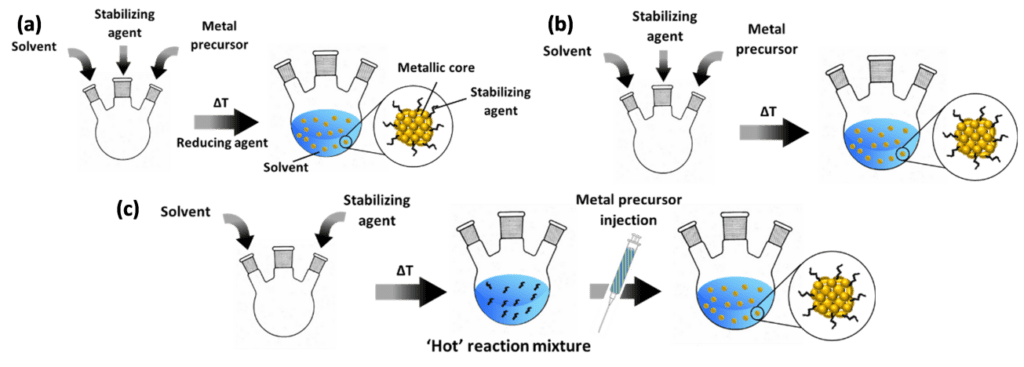
Colloidal nanomaterials, crucial for various applications, are classified by composition and structure, synthesized via diverse methods, and analyzed meticulously.
Colloidal nanomaterials represent a rapidly evolving and interdisciplinary field with a wide range of applications. The combination of diverse synthetic methods, cutting-edge characterization techniques, and a fundamental understanding of the structural properties of these materials is crucial for advancing the field and realizing the full potential of colloidal nanomaterials.
Recent advances in colloidal nanomaterials research have led to a greater understanding of their broad classification classified according to their chemical composition, including:
These materials have attracted significant attention due to their potential applications in optoelectronics, catalysis, and energy conversion.
Colloidal nanomaterials contain a variety of nanoscale structures, each with unique properties that make them suitable for specific applications. According to the structural characteristics of colloidal nanomaterials, they can be further divided into:
These materials exhibit quantum confinement effects due to their minimal size, leading to unique electronic and photophysical properties. Quantum dots, nanorods, and nanowires are examples of such materials with remarkable optical and electrical properties.
Nanoclusters, or magic-sized nanoclusters (MSCs), are metastable species with tens to hundreds of atoms, displaying exceptional stability and contributing significantly to the synthesis and properties of nanomaterials.
MSCs further self-assemble to form materials with enhanced stability distinctive properties, and diverse 2D/3D structures, making them valuable for a wide range of applications.
The synthesis of colloidal nanomaterials is a multifaceted process that involves intricate techniques and methodologies to precisely control size, composition, and morphology. Colloidal nanomaterials can be synthesized using various methods, including chemical, physical, and biological approaches.
Each synthesis method offers unique advantages and can be tailored to produce nanomaterials with specific properties for various applications.
The structural characterization and analysis of nanostructured colloidal materials is imperative for understanding and predicting their physical properties.
Electron tomography, single-particle reconstruction, and high-angle annular dark-field scanning transmission electron microscopy (HAADF-STEM) enable the visualization and analysis of the 3D structure and surfaces of nanocrystals at the atomic level.
Techniques like Raman spectroscopy, X-ray photoelectron spectroscopy (XPS), and nuclear magnetic resonance (NMR) spectroscopy provide detailed insights into the ligand bonding, capping-layer structure, and interactions on the surface of nanocrystals.
Understanding defects in nanocrystals, such as point, line, and planar defects, is crucial for optimizing their properties. Techniques like extended X-ray absorption fine structure (XAFS) and time-resolved photoluminescence (TRPL) enable the study of defects and their impact on nanomaterial properties.
Advanced in-situ characterization techniques, including in-situ liquid-phase transmission electron microscopy (TEM) and in-situ X-ray scattering, are essential for gaining mechanistic insights into the reactions of nanoscale materials. High-resolution in-situ technology can not only analyze the crystallization process of nanomaterials, but also analyze the dynamic reactions on the surface of nanomaterials.
Colloidal Nanoparticles